In the ever-evolving world of aesthetic treatments, microneedling has emerged as a popular and effective solution for various skin concerns.
From reducing the appearance of fine lines and wrinkles to improving skin texture and addressing scars, its benefits are widely recognized.
However, with advancements in technology, a new contender has entered the arena: Radiofrequency (RF) Microneedling. This article will delve into the differences between traditional microneedling and its RF-enhanced counterpart, exploring their mechanisms, efficacy, potential side effects, and helping you understand which treatment might be best suited for your skin goals.
We'll also address a significant concern raised in social media discussions: the potential for fat cell death with RF microneedling, providing scientifically backed insights to help you make an informed decision.
Understanding Microneedling: The Foundation of Skin Rejuvenation
Regular microneedling, also known as collagen induction therapy, is a minimally invasive cosmetic procedure that involves using a device with fine, sterile needles to create microscopic punctures in the skin's surface. These controlled micro-injuries trigger the body's natural wound healing process, stimulating the production of new collagen and elastin – essential proteins for healthy, youthful-looking skin.
How it Works:
When the tiny needles penetrate the skin, they create channels that serve two primary purposes:
- Stimulating Collagen and Elastin Production: The body perceives these micro-injuries as damage and initiates a repair process. This involves a cascade of growth factors and cytokines that lead to the synthesis of new collagen and elastin fibers. This natural regeneration helps to improve skin elasticity, firmness, and overall texture.
- Enhanced Product Absorption: The micro-channels also act as conduits, allowing topical serums, growth factors, and other beneficial skincare products to penetrate deeper into the skin, significantly enhancing their effectiveness.
What Microneedling Can Address:
Regular microneedling is a versatile treatment effective for a range of skin concerns, including:
- Fine lines and wrinkles
- Acne scars and other superficial scarring
- Enlarged pores
- Uneven skin tone and texture
- Mild hyperpigmentation (dark spots)
- Stretch marks
Potential Side Effects and Downtime:
As a minimally invasive procedure, regular microneedling typically involves minimal downtime and manageable side effects. Common post-treatment experiences include:
- Redness and Swelling: Similar to a mild sunburn, this usually subsides within 1-3 days [1].
- Mild Pain or Discomfort: A topical anesthetic is often applied before the procedure to minimize discomfort [1].
- Dryness and Flaking: The skin may feel dry and tight, with some light flaking as it heals [2].
- Pinpoint Bleeding: Minor bleeding can occur during the procedure, but it is usually transient [1].
Note that with at home microneedling most of these side effects are minimized such as pain and pinpoint bleeding.
In rare cases, scarring if the procedure is not performed correctly or performed too aggresively with long needles. [2, 3].
RF Microneedling: The Next Level of Skin Rejuvenation
Radiofrequency (RF) microneedling takes the principles of traditional microneedling and elevates them by incorporating the power of radiofrequency energy. This approach delivers RF energy directly into the deeper layers of the skin through the microneedles, creating a more intense and targeted thermal effect.
How it Works:
In RF microneedling, the fine needles not only create micro-channels but also act as electrodes, delivering controlled RF energy to the dermis. This thermal energy heats the underlying tissue, causing a more significant contraction of existing collagen fibers and stimulation of new collagen and elastin production. The combination of mechanical injury from the needles and thermal energy from the RF leads to enhanced skin tightening and remodeling.
What RF Microneedling Can Address:
Due to its ability to deliver heat deeper into the skin, RF microneedling is particularly effective for more advanced skin concerns, including:
- Moderate to severe wrinkles and fine lines
- Significant skin laxity and sagging
- Deep acne scars and other textural irregularities
- Enlarged pores
- Stretch marks
- Overall skin tightening and rejuvenation
Potential Side Effects and Downtime:
Similar to regular microneedling, RF microneedling is generally well-tolerated, with most side effects being temporary. Common post-treatment effects include:
- Redness and Swelling: Typically resolves within 1-5 days, potentially slightly longer than regular microneedling [4].
- Mild Discomfort: A topical anesthetic is used to manage pain during the procedure [4].
- Dryness and Flaking: Similar to traditional microneedling.
- Pinpoint Bleeding: Minimal and transient.
- Grid Marks: Temporary grid-like patterns may appear on the skin due to the stamping action of the device, usually fading within a few days [5].
The Elephant in the Room: RF Microneedling and Fat Cell Death (Adipocyte Apoptosis)
One of the most significant concerns circulating on social media regarding RF microneedling is the potential for unintended fat cell death, or adipocyte apoptosis, particularly in the face. It's crucial to understand the science behind this claim and the outcomes.
The Science of RF and Fat:
Radiofrequency energy, when delivered at specific temperatures and depths, has the proven ability to induce adipocyte apoptosis which is the programmed death of fat cells.
This mechanism is precisely what makes RF technology valuable in body contouring treatments, where the goal is to reduce localized fat deposits (such as under the chin or on the body) [6].
Some RF microneedling devices are specifically designed with settings and needle configurations to target and reduce submental (under-chin) fat with tolerable safety profiles [7].
Unintended Facial Fat Loss:
The concern arises when this fat-reducing effect occurs unintentionally in areas where facial fat is crucial for a youthful appearance. Loss of facial fat can lead to a gaunt, hollowed, or aged look, and in some cases, can even worsen skin elasticity by removing underlying support. Several factors contribute to this risk:
• Aggressive Settings: If the RF microneedling device is used with excessively high energy settings or at depths that penetrate too deeply into the subcutaneous fat layer, unintended fat cell damage or destruction can occur [8, 9].
• Operator Technique: The skill and experience of the practitioner are key. Improper technique, such as prolonged application in one area or incorrect needle depth selection, can increase the risk of adverse outcomes and unintended fat loss. [8].
• Anatomical Considerations: Areas of the face with naturally thinner fat pads (e.g., temples, around the eyes, cheeks in some individuals) are more susceptible to unintended fat loss if not treated with extreme caution.
While scientific literature acknowledges the potential for unintended fat loss, it emphasizes that this is largely a risk associated with improper use rather than an flaw in the technology itself when applied correctly for skin tightening.
Reputable practitioners are trained to adjust settings and techniques to minimize this risk, focusing the RF energy on the dermal layer to stimulate collagen without impacting the underlying fat [10].
It is essential for individuals considering RF microneedling to have an open discussion with their provider about their concerns, the device being used, and the practitioner's experience and approach to mitigating the risk of fat loss.
RF Microneedling vs. Regular Microneedling: A Quick Comparison
To help you visualize the key differences, here's a comparison chart:
RF Microneedling vs. Regular Microneedling: A Comparison
| Feature | Regular Microneedling | RF Microneedling |
|---|---|---|
| Mechanism | Creates micro-injuries to stimulate collagen production | Creates micro-injuries + delivers radiofrequency energy for enhanced collagen stimulation |
| Efficacy | Good for fine lines, texture, mild scars, pigmentation | Superior for deeper wrinkles, severe scars, skin laxity, overall tightening |
| Downtime | Typically 1-3 days (redness, swelling) | Similar to regular, possibly slightly longer (1-5 days) |
| Pain Level | Mild to moderate (topical anesthetic often used) | moderate to quite painful (topical anesthetic often used) |
| Cost | Generally lower $300-700 | Generally higher ( $800-$1500) |
| Side Effects | Redness, swelling, dryness, flaking, potential hyperpigmentation | Redness, swelling, dryness, flaking, potential hyperpigmentation, risk of unintended fat loss |
| Best For | Mild to moderate skin concerns, preventative aging | Moderate to severe skin concerns, significant laxity, stubborn scars |
Which Treatment is Right for You?
The choice between regular microneedling and RF microneedling depends on your individual skin concerns, desired outcomes, and tolerance for downtime and cost.
- Regular microneedling is an excellent choice for those looking to improve overall skin texture, reduce fine lines, address mild scarring, and enhance product absorption. It's a great entry-level treatment for skin rejuvenation
- RF microneedling is often recommended for individuals with more significant concerns, such as deeper wrinkles, noticeable skin laxity, or stubborn scars. The added RF energy provides a more intensive treatment, leading to more dramatic tightening and remodeling effects, but know the risks and make sure your provider is very experienced and doesn't go too deep with the RF microneedles.
Regardless of your choice, ask a lot of questions during your consult with a qualified and experienced dermatologist or aesthetic practitioner. If you don't feel comfortable or if you feel like your concerns aren't fully being addressed, trust your gut and try a different provider.
If searching for the right provider isn't working out or taking a lot longer than expected, regular microneedling can also be done at home for similar benefits provided you use the tool correctly at a much lower cost.
Final Thoughts
It really comes down to your goals, your budget, and choosing the right practitioner and your toleration of risk. If you don't want to run the risk of fat loss then its better to stay away from RF microneedling.
Tips Before You Book:
- Research your provider thoroughly - you're putting your skin in their hands!
- Ask them about their experience with RF settings and how they avoid unwanted fat loss if you still want to go to RF route.
- Be patient because collagen takes several weeks to months to start to rebuild, but the results are worth it.
If you've tried either treatment and want to share your experience I'd love to hear how it went for you.

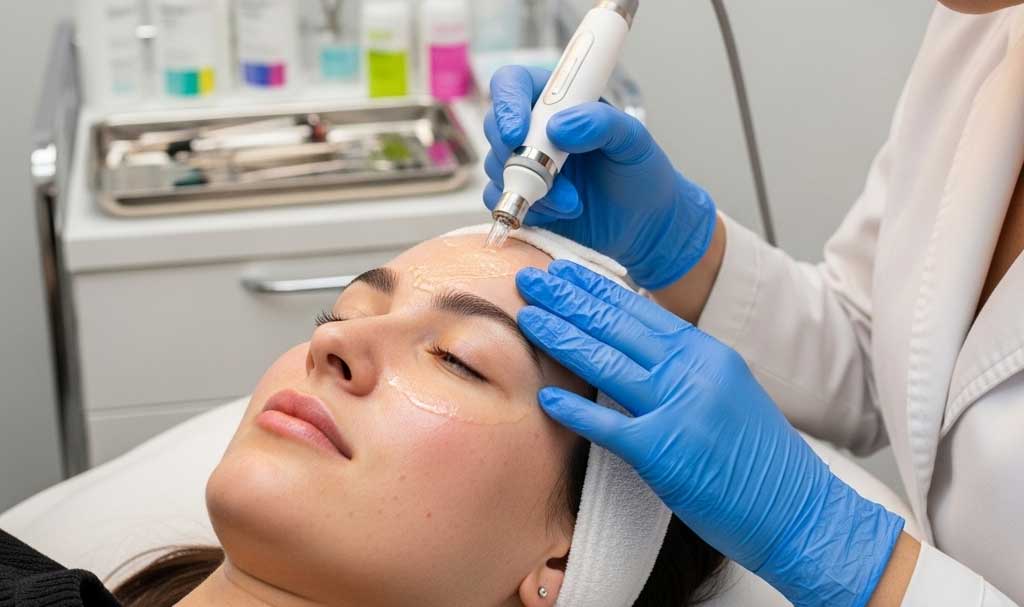
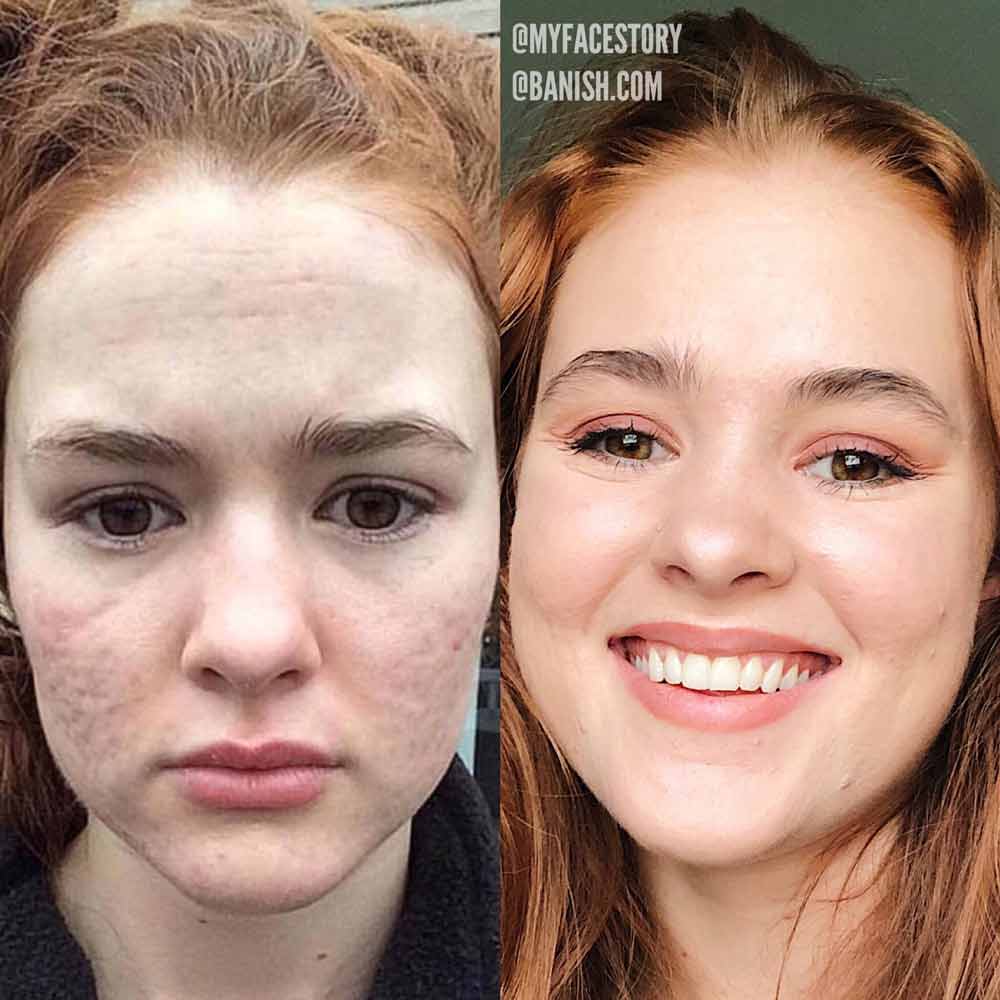
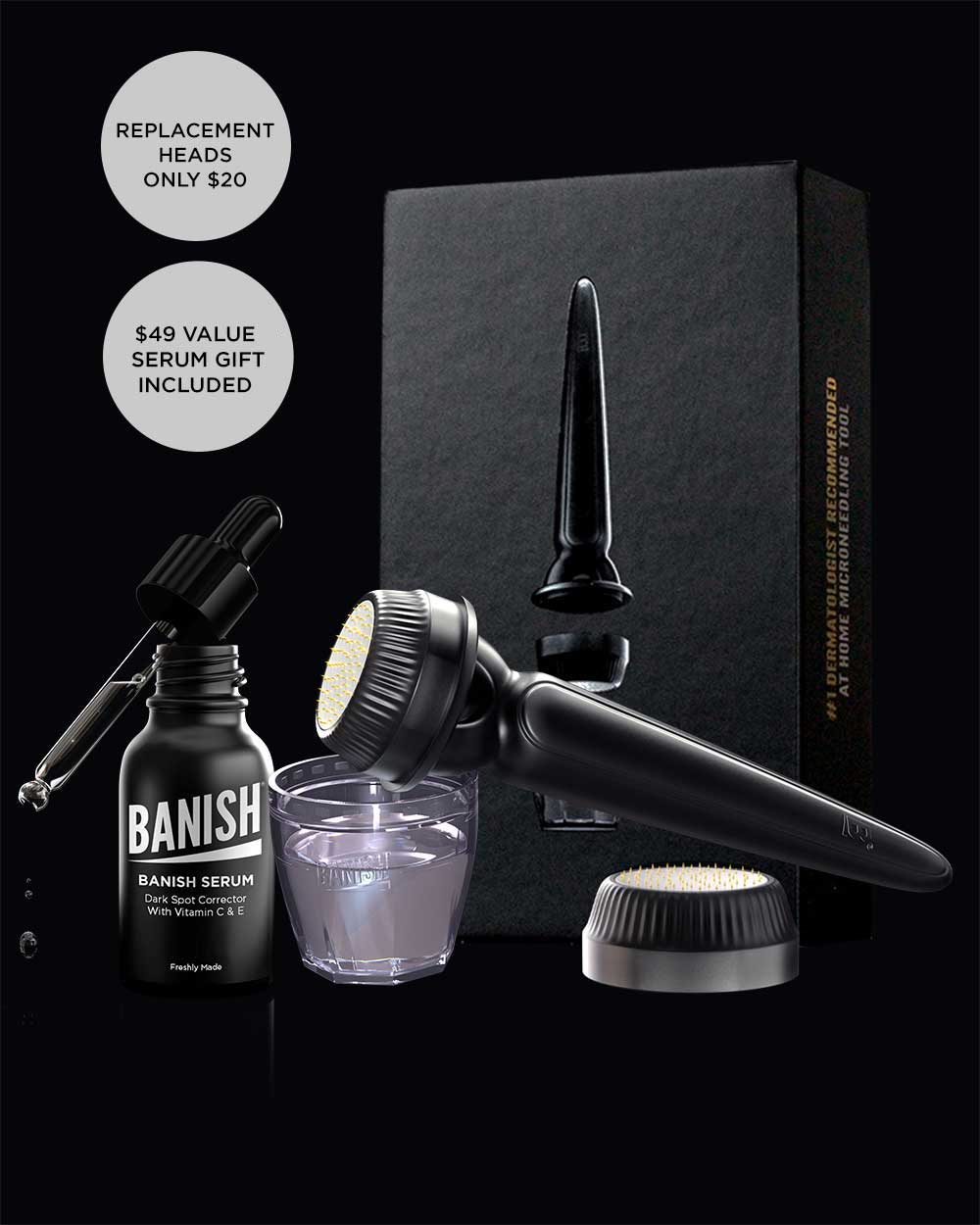
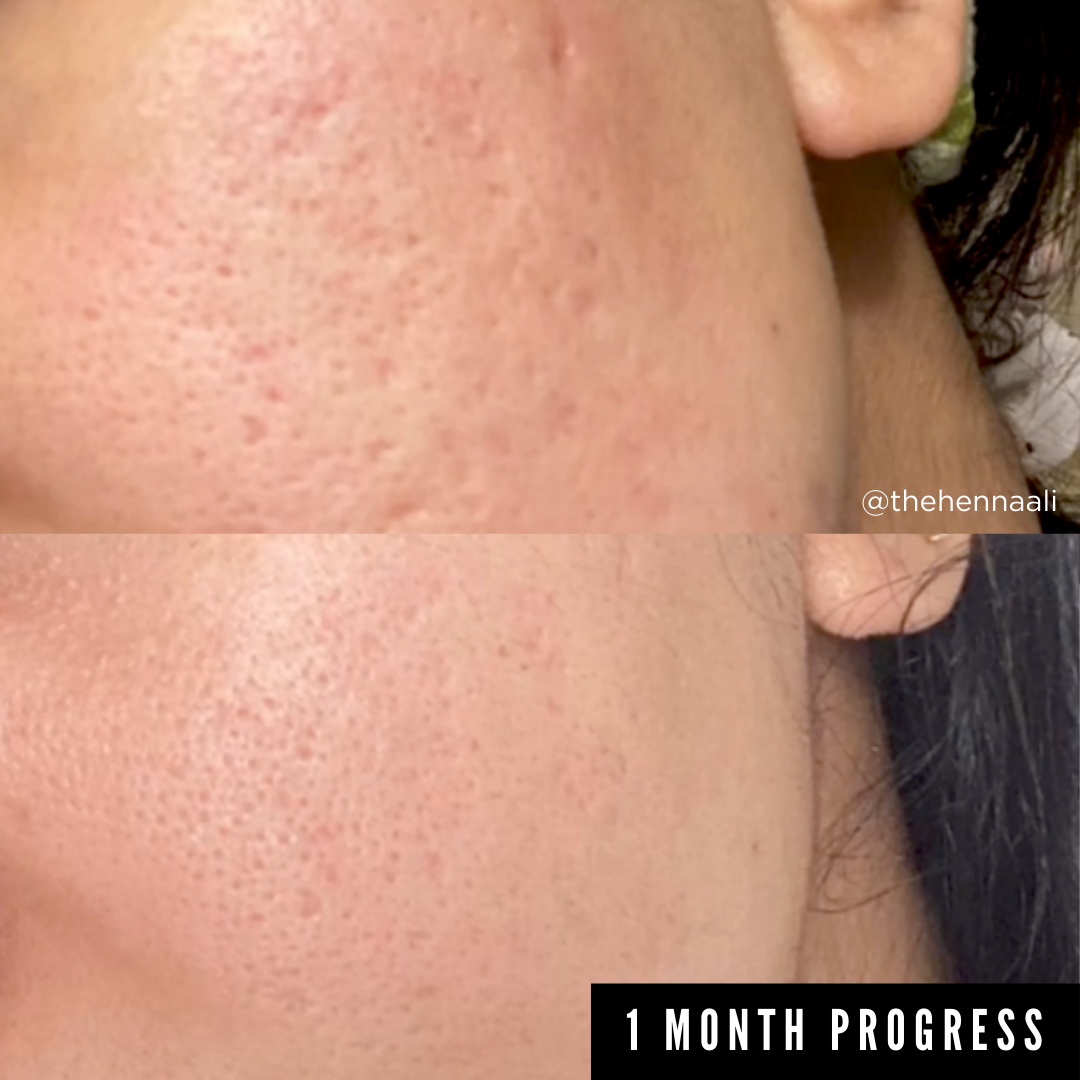

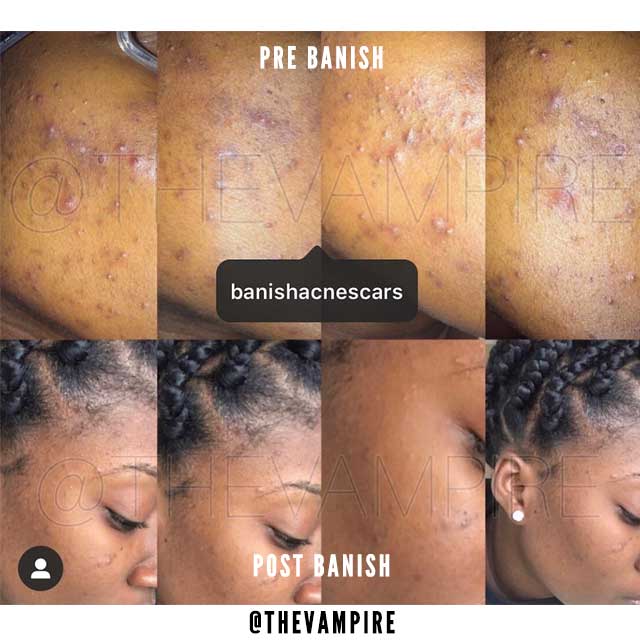


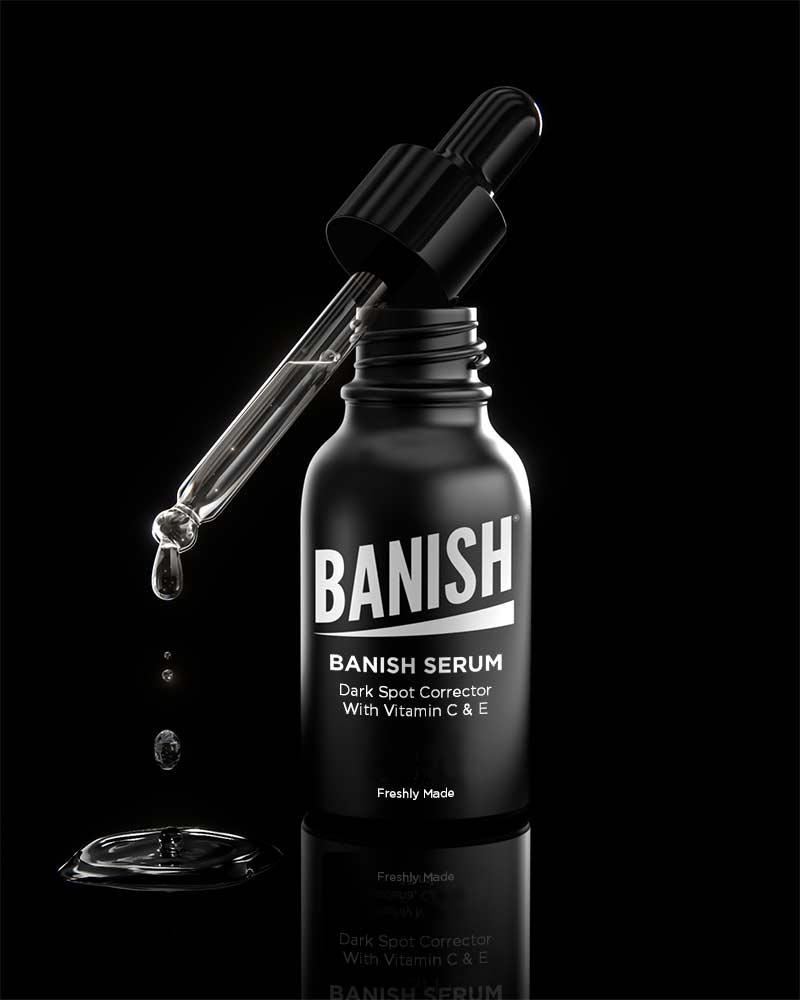
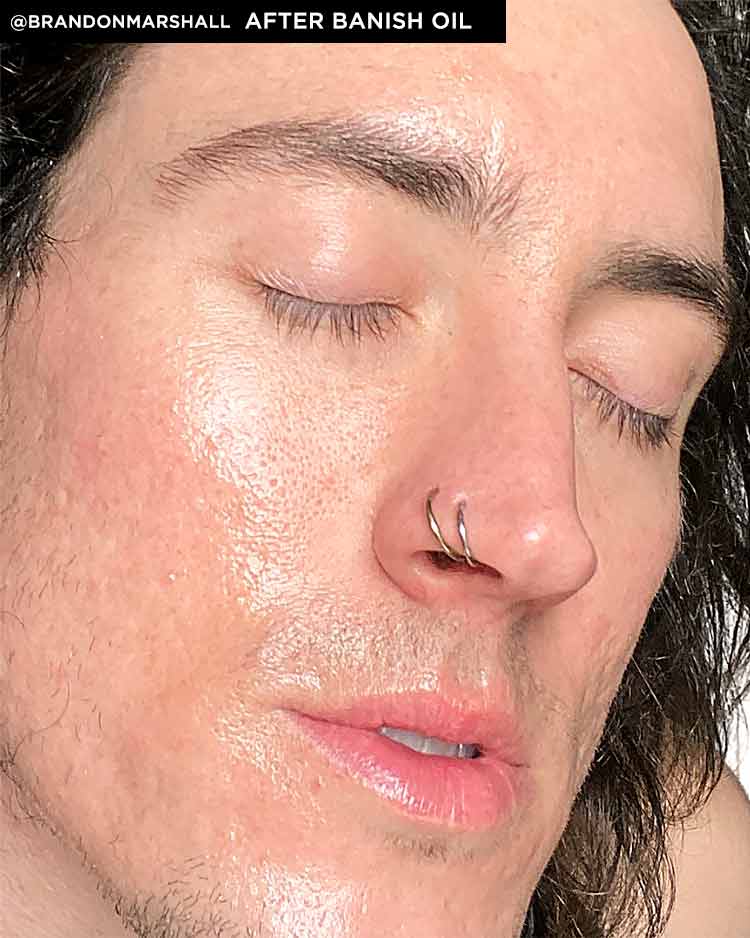

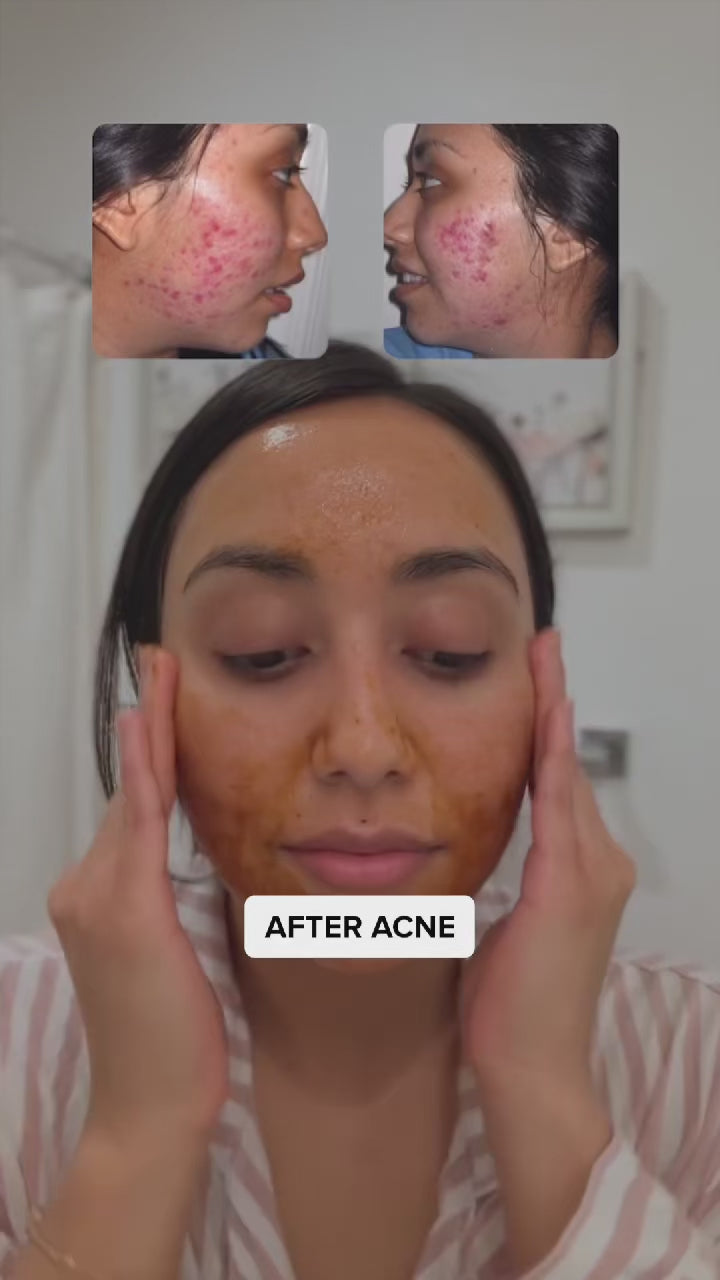
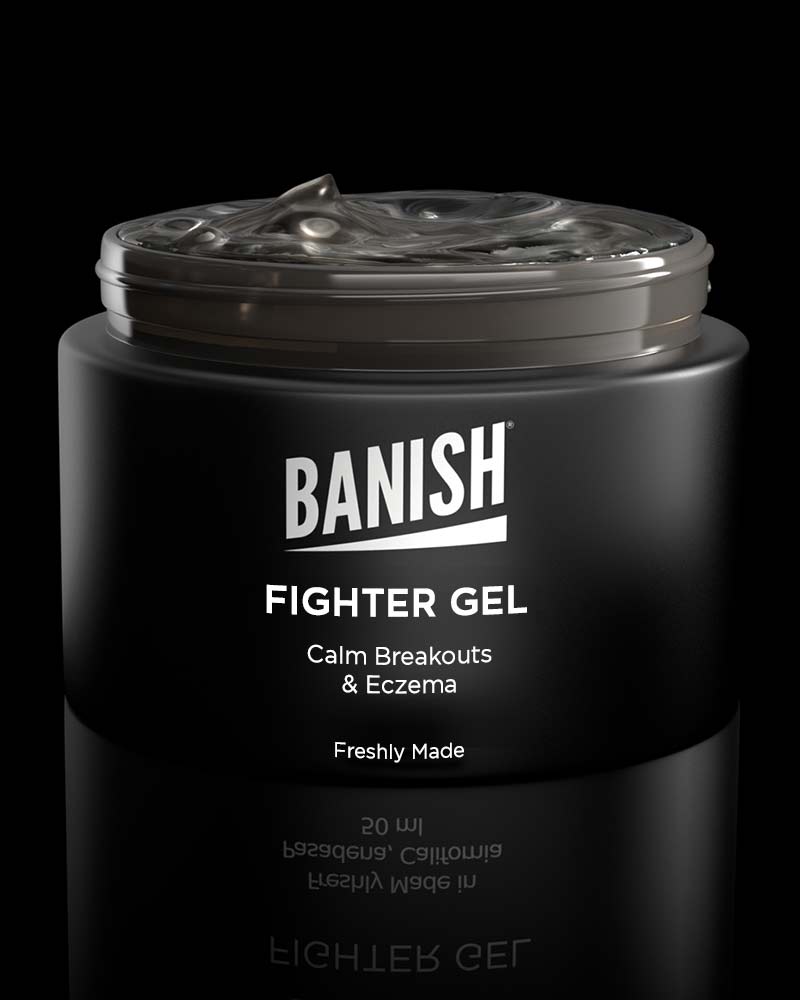
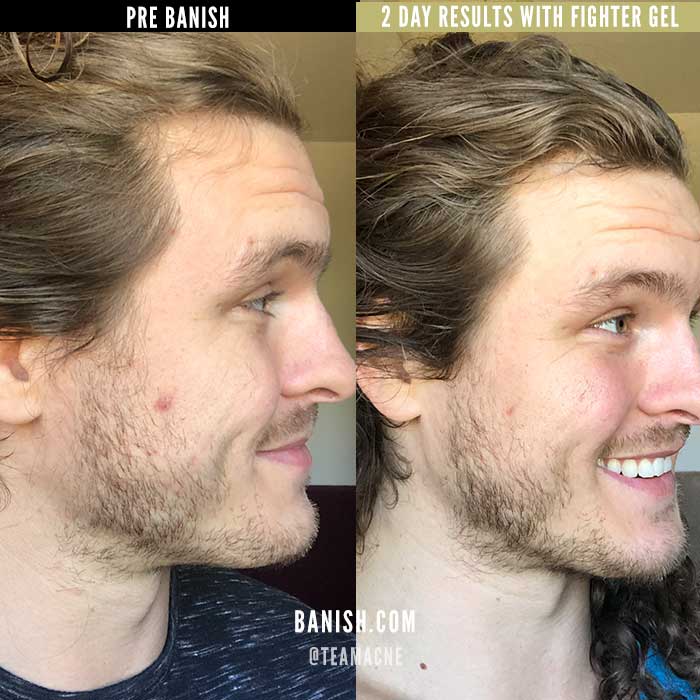





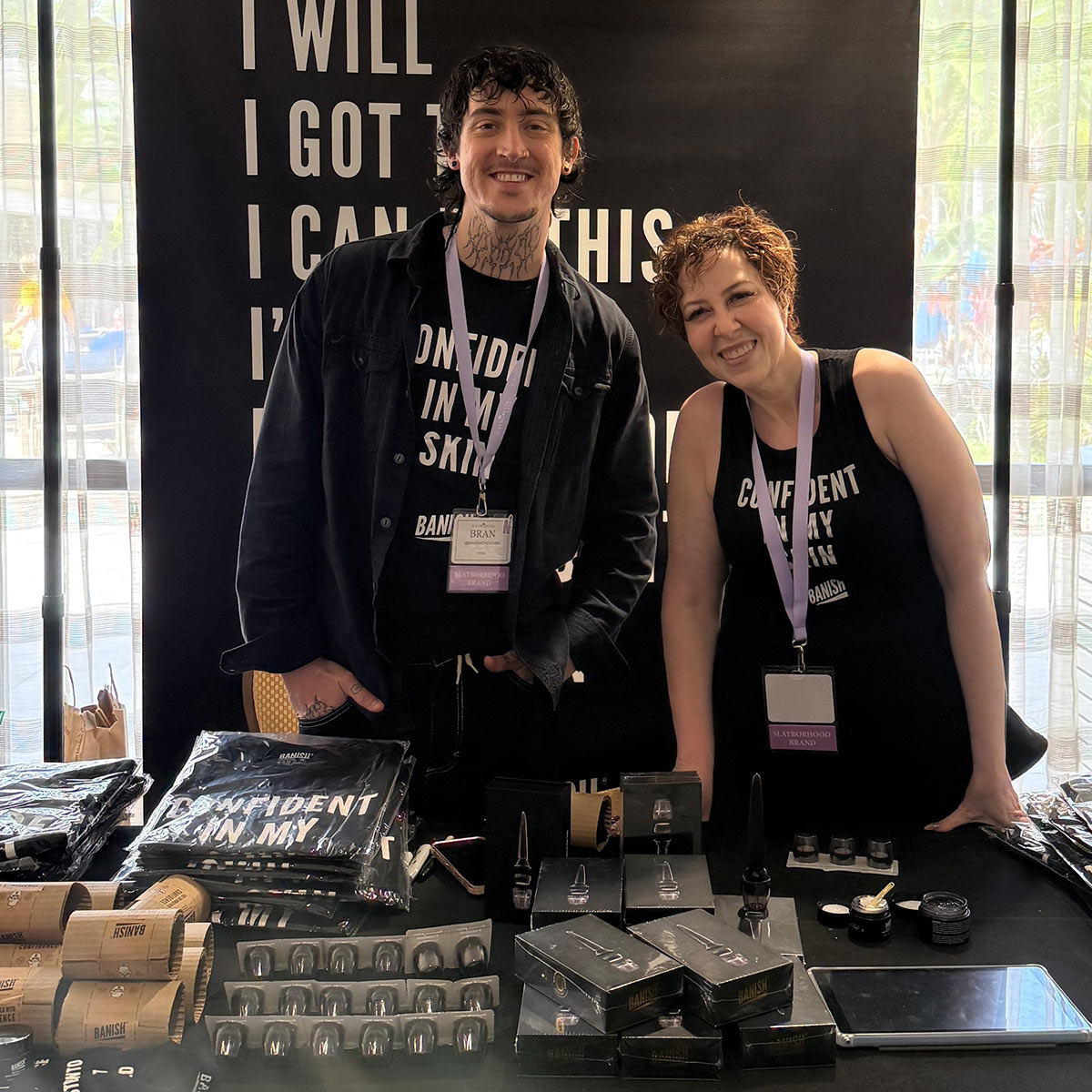




Leave a comment
All comments are moderated before being published.
This site is protected by hCaptcha and the hCaptcha Privacy Policy and Terms of Service apply.